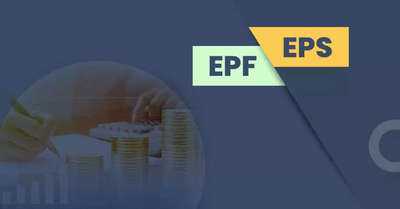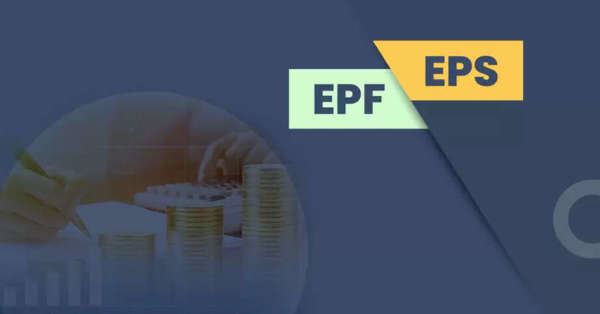

When we talk about future financial security, EPF (Employees' Provident Fund) and EPS (Employees' Pension Scheme) are two very important schemes. Both are government schemes that provide financial support at the time of retirement by gradually accumulating money during your employment.
Although both schemes fall under the same law, the Employees' Provident Fund and Miscellaneous Provisions Act, 1952, their objectives and working methods differ. Let's understand in simple terms the differences between the two schemes and which one is more beneficial for you.
What is EPF?
EPF, or Employees' Provident Fund, is a fund into which a portion of your salary is deposited every month. This amount is 12% of your salary (basic salary + dearness allowance), contributed by both you and your employer.
Of the employer's 12% contribution, 3.67% goes to EPF, and the remaining portion goes to EPS (pension scheme). EPF is a long-term savings fund on which the government provides a fixed interest rate every year. Currently, this interest rate is 8.25% (2024-25), which is tax-free but subject to certain conditions. You can withdraw funds from EPF after changing or leaving your job, but there are certain rules.
What is EPS?
EPS, or Employee Pension Scheme, is a scheme designed to provide a monthly pension after retirement. The key feature is that only the employer contributes, not the employee. The employer deposits 8.33% of your salary into the EPS fund. You become eligible for a pension after you have been employed for at least 10 years and reach the age of 58. If the employee dies, their nominee continues to receive the pension. This means this scheme provides security not only for you but also for your family.
Which scheme is best for whom?
If you want a large lump sum upon retirement, EPF is a better option. However, if you want a steady monthly income after retirement, EPS will provide relief. Together, both schemes strengthen your retirement security. Therefore, it's important to stay informed about them and continue making regular contributions while you're employed.
Disclaimer: This content has been sourced and edited from TV9. While we have made modifications for clarity and presentation, the original content belongs to its respective authors and website. We do not claim ownership of the content.